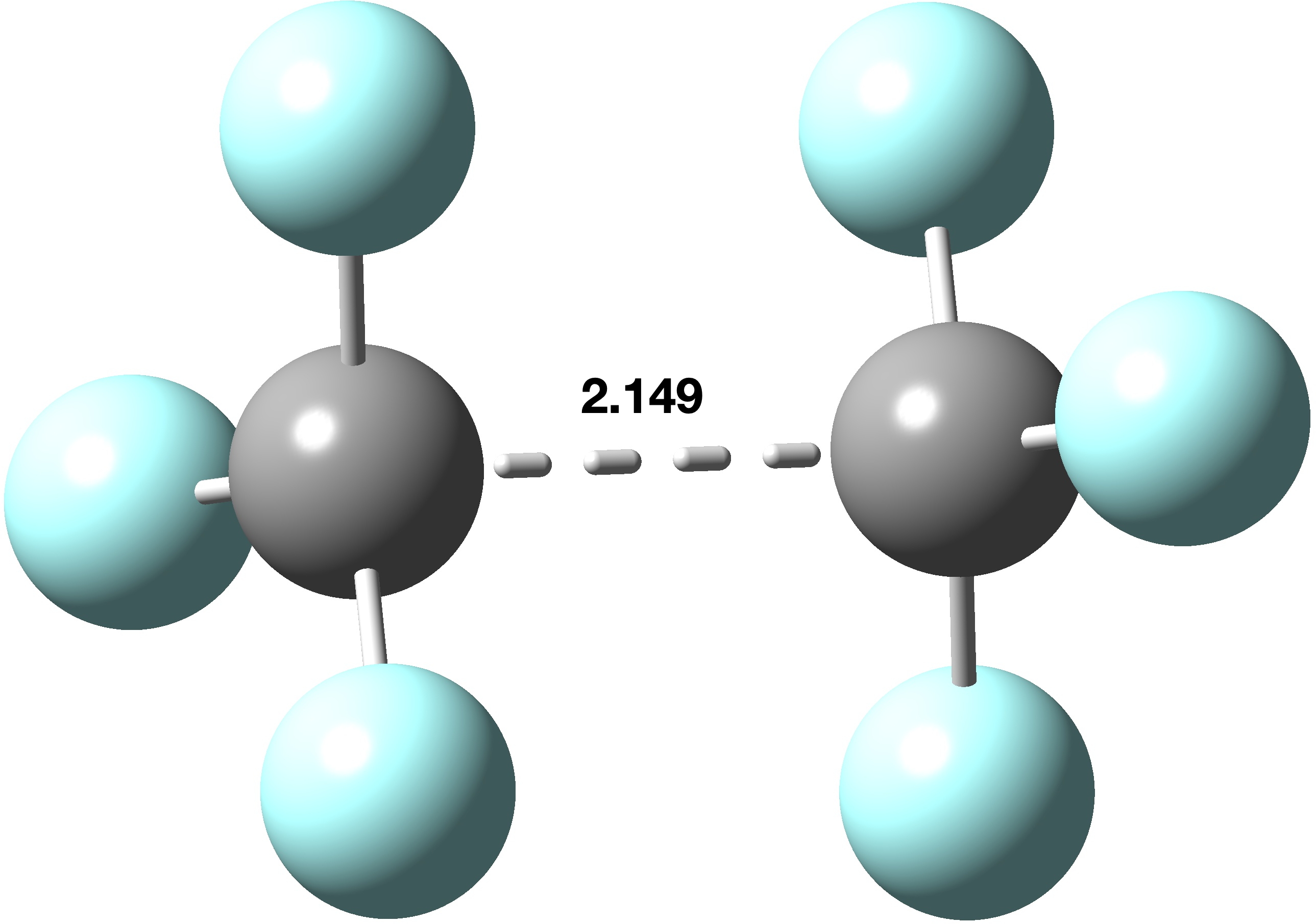Back in early 2012, I pondered about the relationships between a science-based blog post and a science-based journal article[cite]10.59350/3pbz1-vcd67[/cite]. This was in part induced by my discovering a blog plugin called Kcite , which allow a journal articles to be appended to the blog in the form of a numbered reference list.
X-ray crystallography is the technique of using the diffraction of x-rays by the electrons in a molecule to determine the positions of all the atoms in that molecule. Quantum theory teaches us that the electrons are to be found in shells around the atomic nuclei. There are two broad types, the outermost shell (also called the valence shell) and all the inner or core shells.
Starting around 2016, journal publishers started including mandatory “Data Availability” statements as part of research articles; a typical (dated) example is linked here, including guidelines for how to cite the data itself. I wrote about these aspects last year in a blog post for the RSC journal Digital Discovery[cite]10.26434/chemrxiv-2024-dz2dv[/cite] and here I follow up with more news.
Derek Lowe tells the story of “carbyne”, a potential further allotrope of carbon, comprising linear chains of carbon atoms, C-C≡C-C≡C-C. Whether such a molecule can exist on its own has long been the the topic of speculation.
This is another in the C&E News list of candidates for the Molecule of the Year, Molecular shuttle in a box [cite]10.1002/anie.202318829[/cite] Mirror-image cyclodextrin [cite]10.1038/s44160-024-00495-8[/cite] Molecular shuttle in a box [cite]10.1002/anie.202318829[/cite] Rule-bending strained alkene [cite]10.1126/science.adq3519[/cite] First soluble promethium complex [cite]10.1038/s41586-024-07267-6[/cite]
Each year C&E News publishes a list of candidates for the Molecule of the Year.

The idea of so-called FAIR (Findable, Accessible, Interoperable and Reusable) data is that each object has an associated metadata record which serves to enable the four aspects of FAIR. Each such record is itself identified by a persistent identifier known as a DOI.
With AI and Machine learning needing data in abundance, interest in data discovery is intense. However, this type of discovery is somewhat different from more traditional data base searches, in that it is particularly suited for machine discovery as well as by humans. The discovery searches are conducted using an aggregated and federated metadata store, such as that curated by DataCite.
Michael in a comment here on the mechanism of the Masamune-Bergman reaction notes that when it occurs as part of the Calicheamicin (an antibody-drug conjugate or ADC) version of this mechanism, a pre-step is first necessary. As discussed in this review article,[cite]10.3390/ph14050442[/cite] the trisulfide linkage is reduced and the resulting thiolate undergoes a facile 1,4-addition to the adjacent enone.
In exploring one-electron carbon-carbon bonds, I had noted previously[cite]10.59350/88k04-2×509[/cite] that both hexafluoroethane and ethane itself could each lose an electron to produce such species. A discussion developed in which a molecule isoelectronic with ethane, namely the methyl-λ1-borane radical (H 3 B-CH 3 ) was proposed by Jacob.

In the previous post, I looked[cite]10.59350/xp5a3-zsa24[/cite] at the recently reported[cite]10.1021/ja02261a002[/cite] hexa-arylethane containing a carbon-carbon one-electron bond, its structure having been determined by x-ray diffraction (XRD). The measured C-C bond length was ~2.9aÅ and my conclusion was that the C…C region represented more of a weak “interaction” than of a bond as such. How about a much simpler system,
